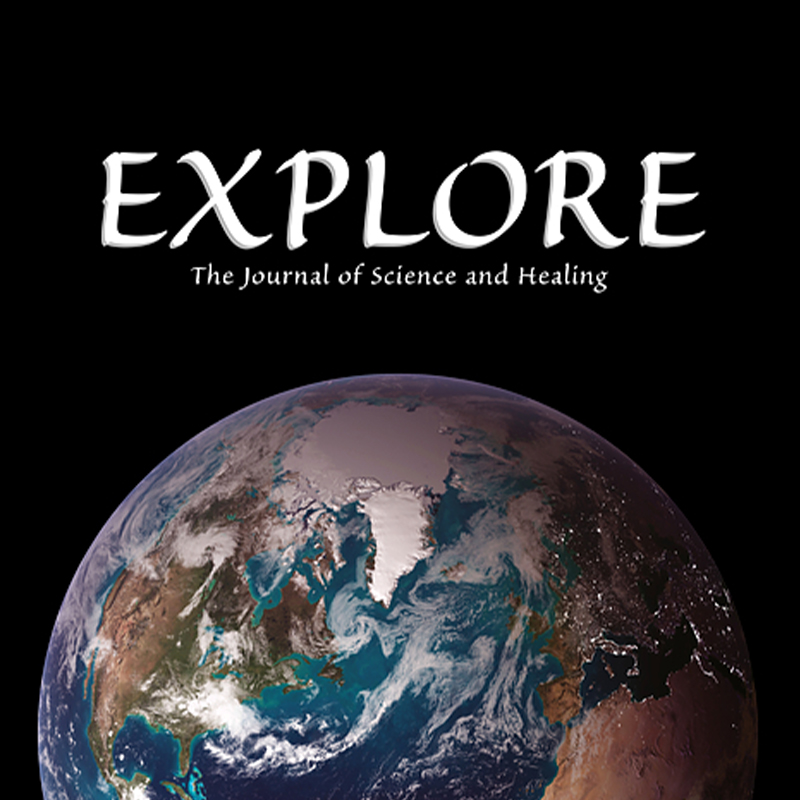Yount, G., Delorme, A., Radin, D., Carpenter, L., Rachlin, K., Anastasia, J., Pierson, M., Steele, S., Mandell, H., Chagnon, A. and Wahbeh, H. (2021) Energy medicine treatments for hand and wrist pain: A pilot study. EXPLORE, 17(1), 11-21.
https://doi.org/10.1016/j.explore.2020.10.015
Abstract
Introduction
The term ”energy medicine” describes healing modalities that manipulate or channel purported subtle energies associated with the body. The objectives of this pilot study were to determine the feasibility of studying energy medicine for people with carpal tunnel pain and gathering relevant preliminary data.
Methods
Following a prospective, within-participant design, participants were recruited to experience a 30 min treatment from one of 17 energy medicine practitioners. Of 374 adults experiencing carpal tunnel pain who were screened for the study, 190 received an energy medicine treatment. Practitioners delivered treatments at close distance, some with and some without light, stationary touch. Outcome measures were collected before, during, and immediately after the treatment, and three weeks later. The primary outcome measure was self-reported pain. Secondary subjective measures included credibility regarding energy medicine and expectancy regarding the efficacy of treatments, pain interference, sleep quality, well-being, mood, and sense of personal transformation. Physiological measures included median nerve conduction velocity, heart rate variability, heart rate synchrony (between the participant and practitioner), and expression levels of neuroinflammation-related genes.
Results
On average, self-reported current pain scores decreased 2.0 points post-session and 1.3 points at three weeks compared to baseline values using a 0–10 point scale with 10 denoting worst pain (F(2, 565) = 3.82 p <0.000005). This effect was not influenced by the participants’ level of expectancy or credibility regarding the energy medicine modality. Well-being, negative emotion, and sleep quality scores significantly improved at the follow-up visit. Multiple heart rate variability measures significantly changed reflecting increased parasympathetic activity which may indicate decreased stress. No other secondary outcome showed significant change.
Discussion
Studying the administration of energy medicine to people with carpal tunnel pain is feasible, although requiring a documented carpal tunnel syndrome diagnosis proved to be prohibitive for recruitment. Our finding of preliminary evidence for positive effects in pain and pain-related outcomes after a single session of energy medicine warrants further controlled investigation.
CLICK HERE TO SEE THIS PAPER’S IMPACT!
